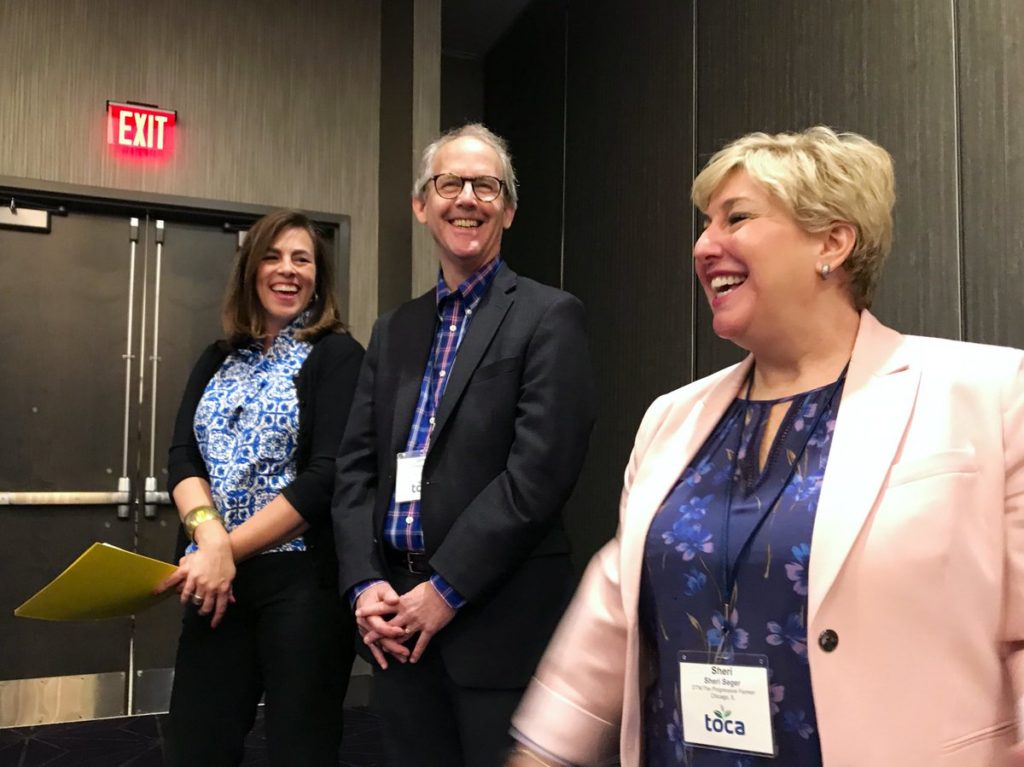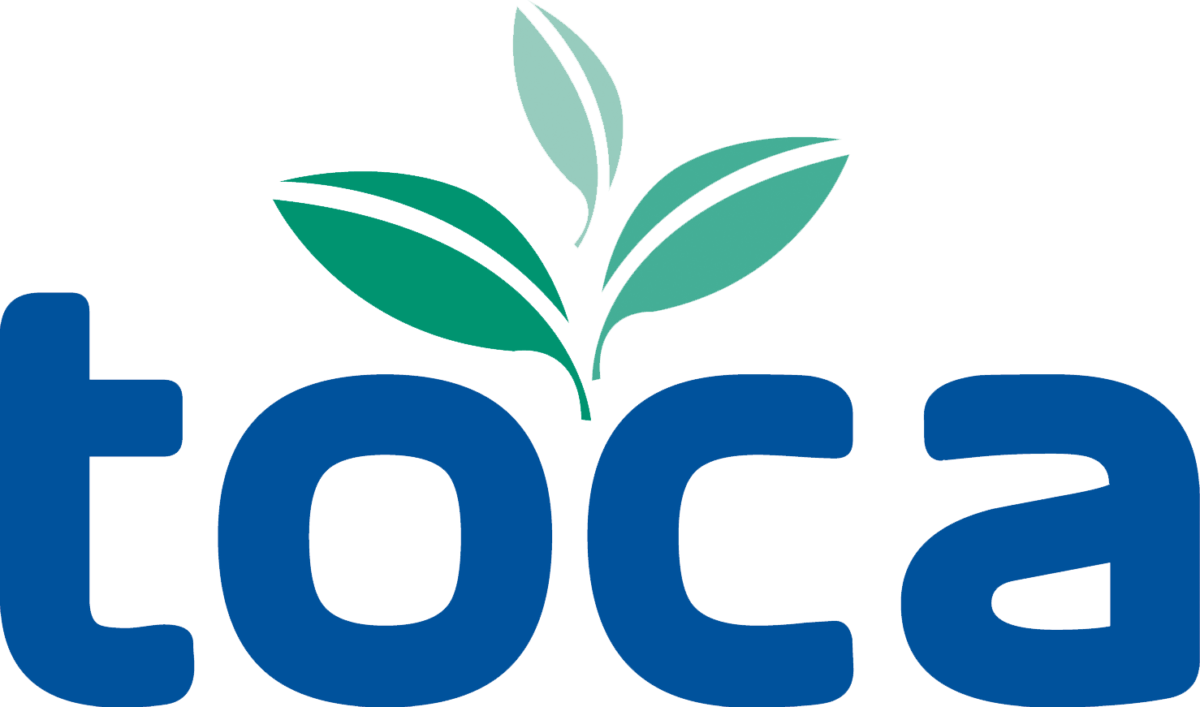Branded Content and Native Advertising
by Jill Odom

Gregg Hiller, editor-in-chief of Progressive Farmer, Sheri Seger, director of national advertising with DTN and Progressive Farmer, and McGavock Edwards, strategic communication director at Eckel & Vaughn, participated on a panel discussing branded content and native advertising during the 2019 TOCA Annual Meeting in Charlotte.
Seger broke down how marketing has its own language. Content marketing is considered the strategy portion, whereas branded content is the message being conveyed. Native advertising is the tactic.
She explained that branded content attempts to make an emotional connection with its audience. Yet, this form of marketing isn’t new.
Seger shared a timeline of branded content, pointing out that the first native ad was created in 1885 and was a promotional poster for a Buffalo Bill show that featured Sitting Bull.
She added that communicators have to figure out how to resonate with the right person at the right time and right place with the right message.
Consumers aren’t fooled by branded content. They know when they’re looking at something sponsored. The key is to tell a story that is created for the audience and is real. Customers want transparency and they want to form a connection with the company.
Yet, this quality, branded content does no good if it isn’t seen. Thus, distribution is just as important. “Consumers need lean, snackable information that breaks through the noise,” Seger said.
Branded content can take on many forms, such as articles, blogs, infographics or white papers. Seger advised using whatever works best for the platform where the content is being shared.
Key performance indicators that help you know if branded content is being effective include: click-through rates, time spent on site, page views, bounce rate and conversions.
Seger said native adverting is more expensive but performs better, yet she warned it can dilute your brand if used too much.
Seger and Hiller shared the success of some of their past projects with brands like BASF and the amount of content it generated. With the BASF “Innovations in the Field” project, there were 90 pages of content, 79 pages of BASF advertising and 130 blog posts created over a five-year span.
During the session’s second half, the moderator asked the panelists questions. Here are some of the questions and responses.
Does native advertising diminish the value of editorial? Hiller responded that if the branded content is done well, it is still valuable. “Good content is good content,” he said.
Is it ethical for editorial to create the branded content? Hiller explained that he hires knowledgeable freelancers to write this sort of content and keeps his staff separate from advertorial discussion. Seger added that it is important to make the client aware of the ethical guidelines they must follow.
Should the amount of native advertising be limited? Seger said she believes there will eventually be some fatigue toward native advertising and she explained how this type of content is more time consuming. Consequently, it should be priced respectively.
